
What is a vertebral compression fracture? A VCR or vertebral compression fracture is a fracture in the bones of the spine (vertebrae)...
Read More
Keep up to date with The London Neurosurgery Partnership and the world of brain and spine surgery.

How does radiofrequency ablation work? Radiofrequency ablation is a procedure which can be used to treat back and neck pain as well...
Read More
Do spinal injections work? There are two types of spinal injection which we use: the first is to treat back pain and...
Read More
What is a Chiari Malformation? Chiari malformation is a brain and spinal condition whereby some of the brain tissue (the cerebellar tonsils,...
Read More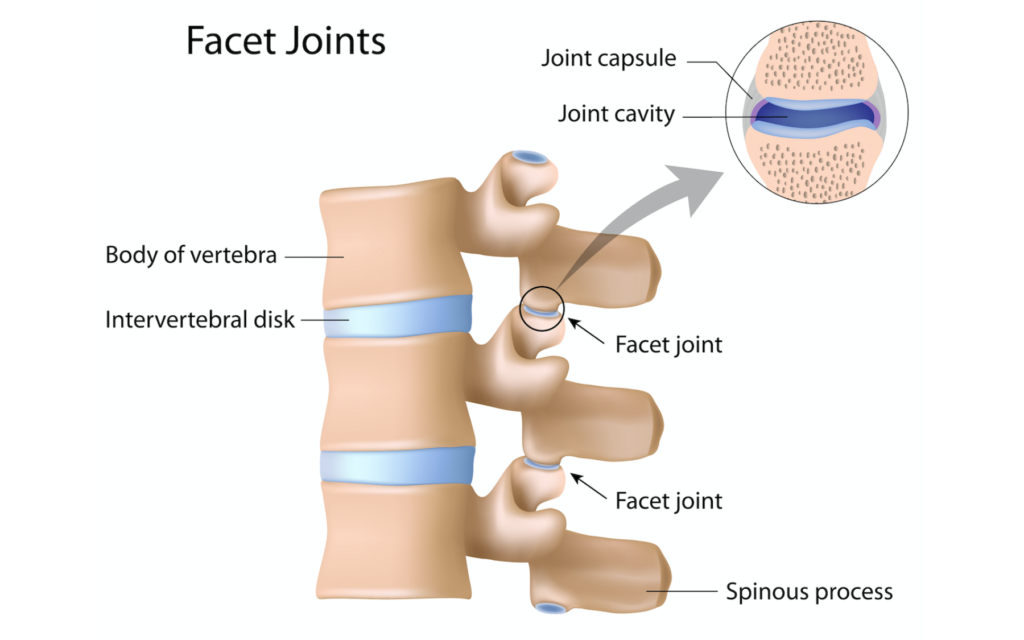
Spine Surgery in London There are so many options and so many different things to consider when it comes to choosing where...
Read More
Caring for a loved one after spinal surgery Understanding what to expect when caring for a loved one after spinal surgery can be hugely...
Read More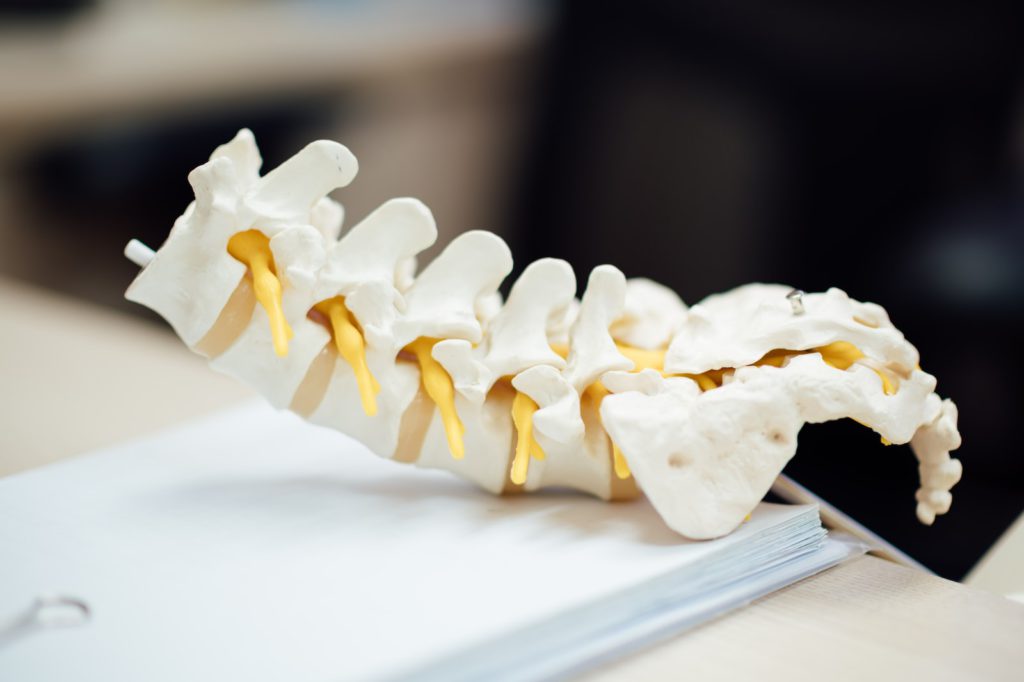
Spinal issues and disorders Spinal issues and disorders can be very painful and, at times, debilitating. Luckily, most of these issues can...
Read More
Spinal Ageing It’s completely normal that with ageing, the spinal discs degenerate over time. One of the most common questions our patients ask is “Why...
Read More
Why do I have neck pain? Sadly, chronic pain in the neck can make a person’s life miserable. Neck pain may include...
Read More
Why do I have back pain? This is such a common question and here are the answers! Back pain is extremely common...
Read More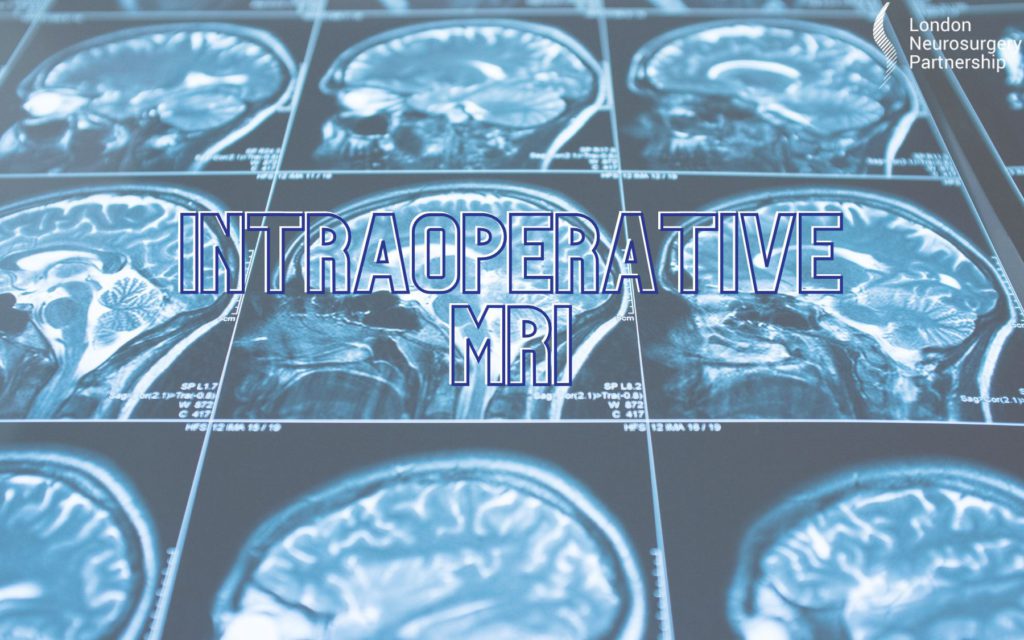
Intraoperative magnetic resonance imaging, intraoperative MRI or iMRI is a technology that uses an MRI scanner to create images of the brain...
Read More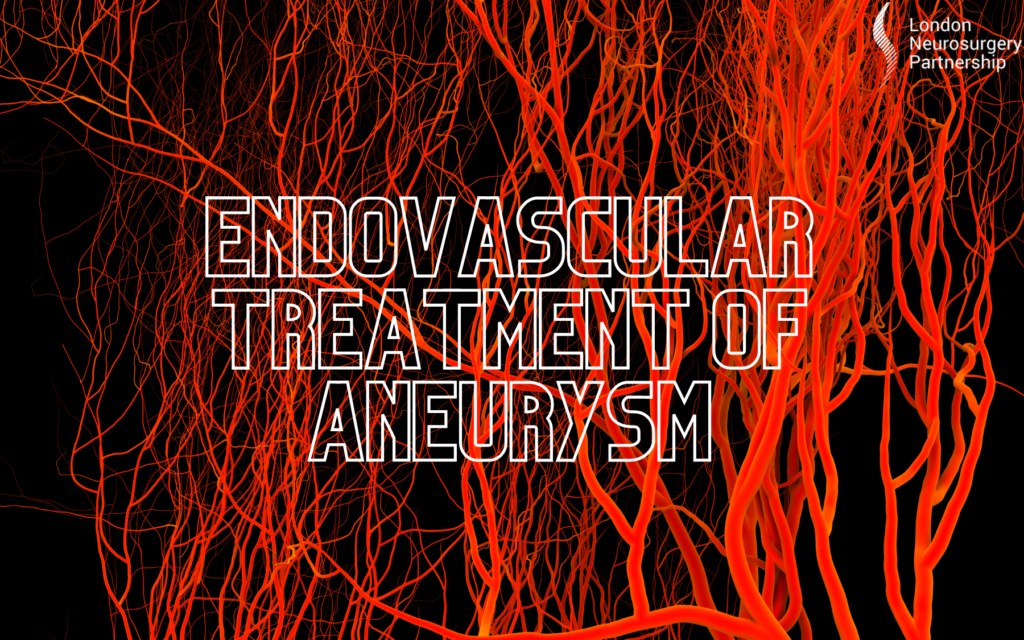
Endovascular treatment of an aneurysm or coiling is a procedure used to treat an aneurysm. Aneurysms can develop in any blood vessel...
Read More
Cerebral arteriovenous malformations (AVMs) represent a relatively rare, pathological entity. An arteriovenous malformation or AVM is an abnormal cluster of blood vessels...
Read More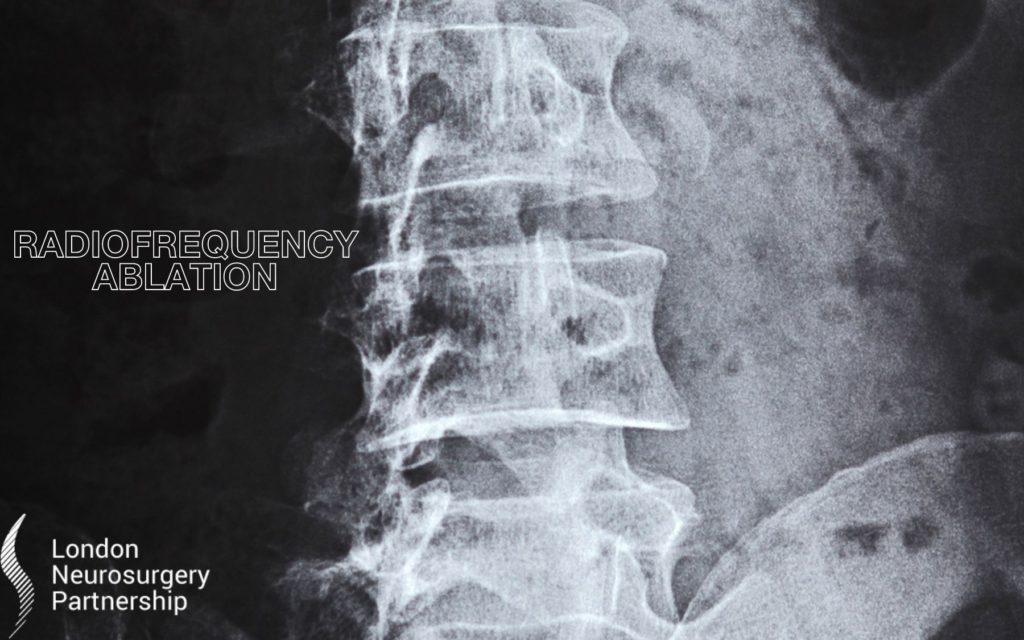
Radiofrequency ablation is a minimally invasive procedure performed to reduce pain. An x-ray guided electrical current is used to produce heat to...
Read More
Professor Ashkan and Mr Bhangoo are currently the only surgeons in the UK able to perform a procedure called Visualase ® for...
Read More
Why would you have a spinal injection? Mr Richard Selway talks us through the different types and uses of spinal injections. There...
Read More
A microvascular decompression is a surgical procedure performed to relieve and treat the symptoms associated with compression of a cranial nerve by...
Read More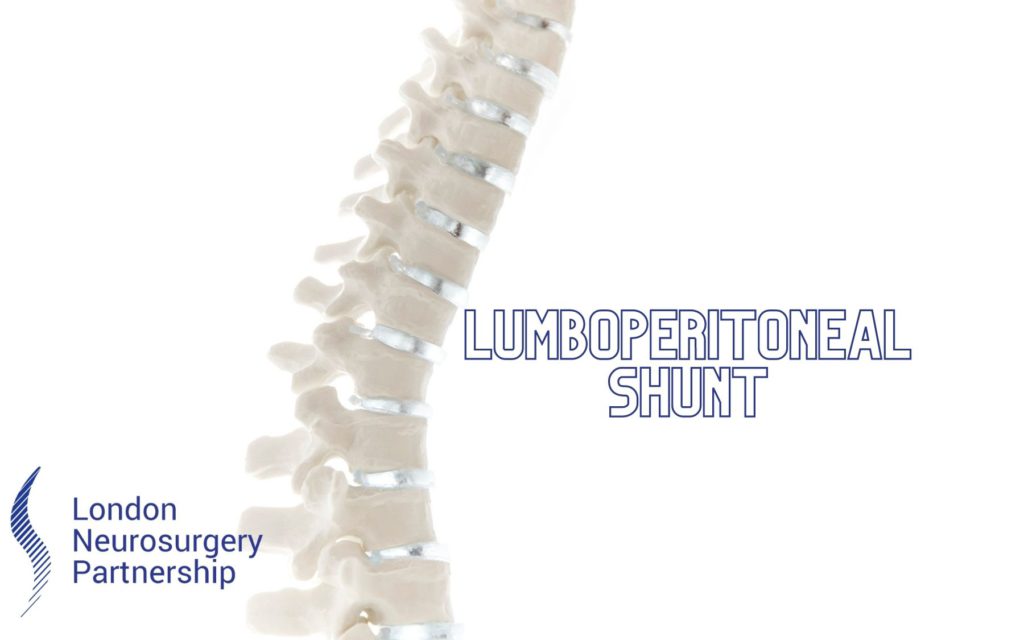
An LP or lumboperitoneal shunt is a tube that drains CSF (cerebrospinal fluid) from the space in the lumbar spine to the...
Read More
Endoscopic pituitary surgery is also called transsphenoidal endoscopic surgery and is the most common surgery used to remove a pituitary tumour. What...
Read More
Correction of craniosynostosis is surgical procedure which for most patients is the primary treatment for a child diagnosed with craniosynostosis. Craniosynostosis is a...
Read More
A minimally invasive XLIF or just XLIF is a lateral (from the side) approach to spinal fusion surgery. XLIF stands for eXtreme...
Read More
The excision of a pituitary tumour is a surgical procedure that can be used to treat a pituitary tumour. A pituitary tumour,...
Read More
What is endoscopic brain surgery? Endoscopic brain surgery is a form of minimally invasive brain surgery that can be used to treat...
Read More
A minimally invasive TLIF is a type of minimally invasive spinal fusion surgery. This takes a revolutionary approach to traditional spinal surgery....
Read More